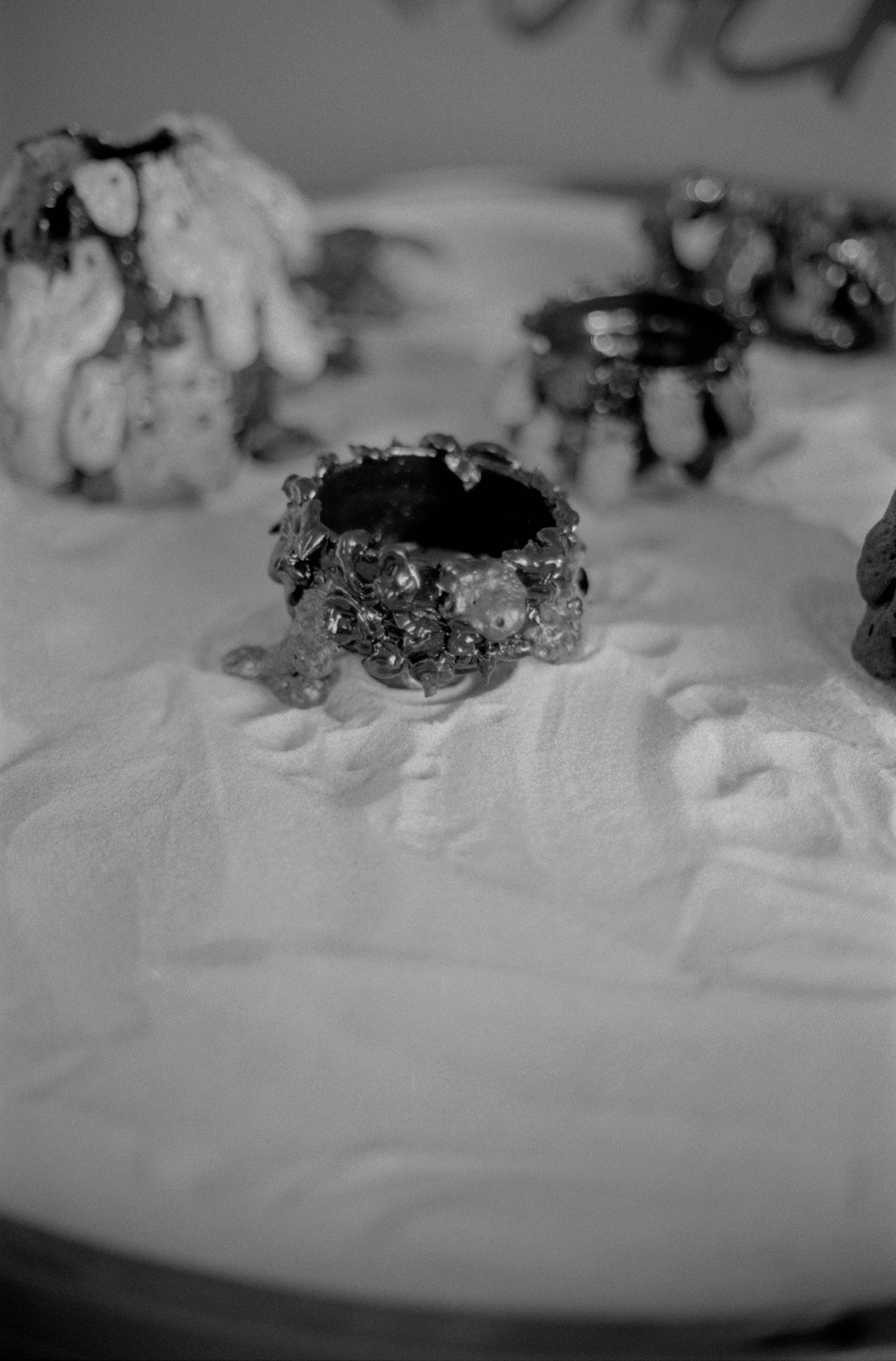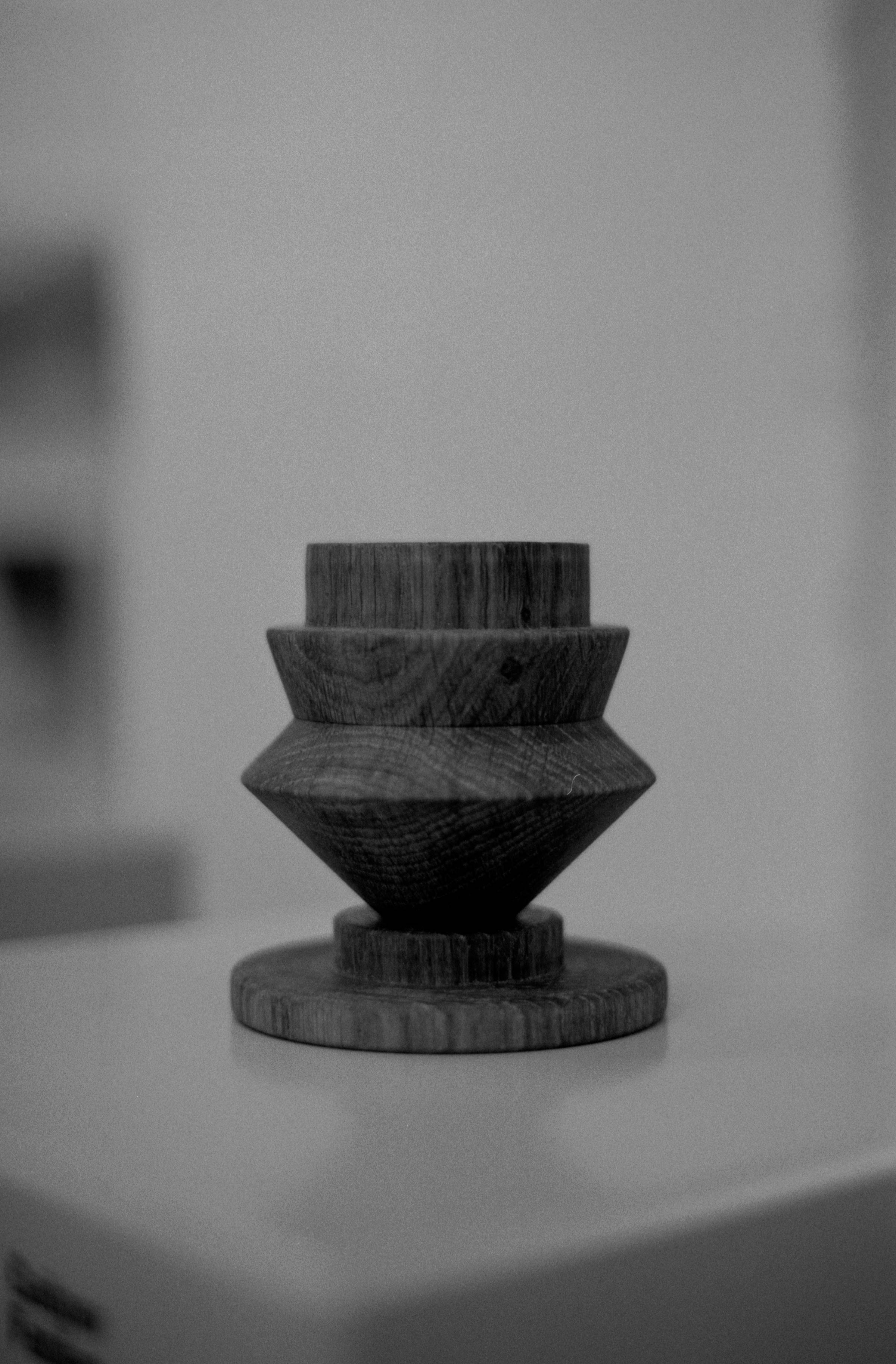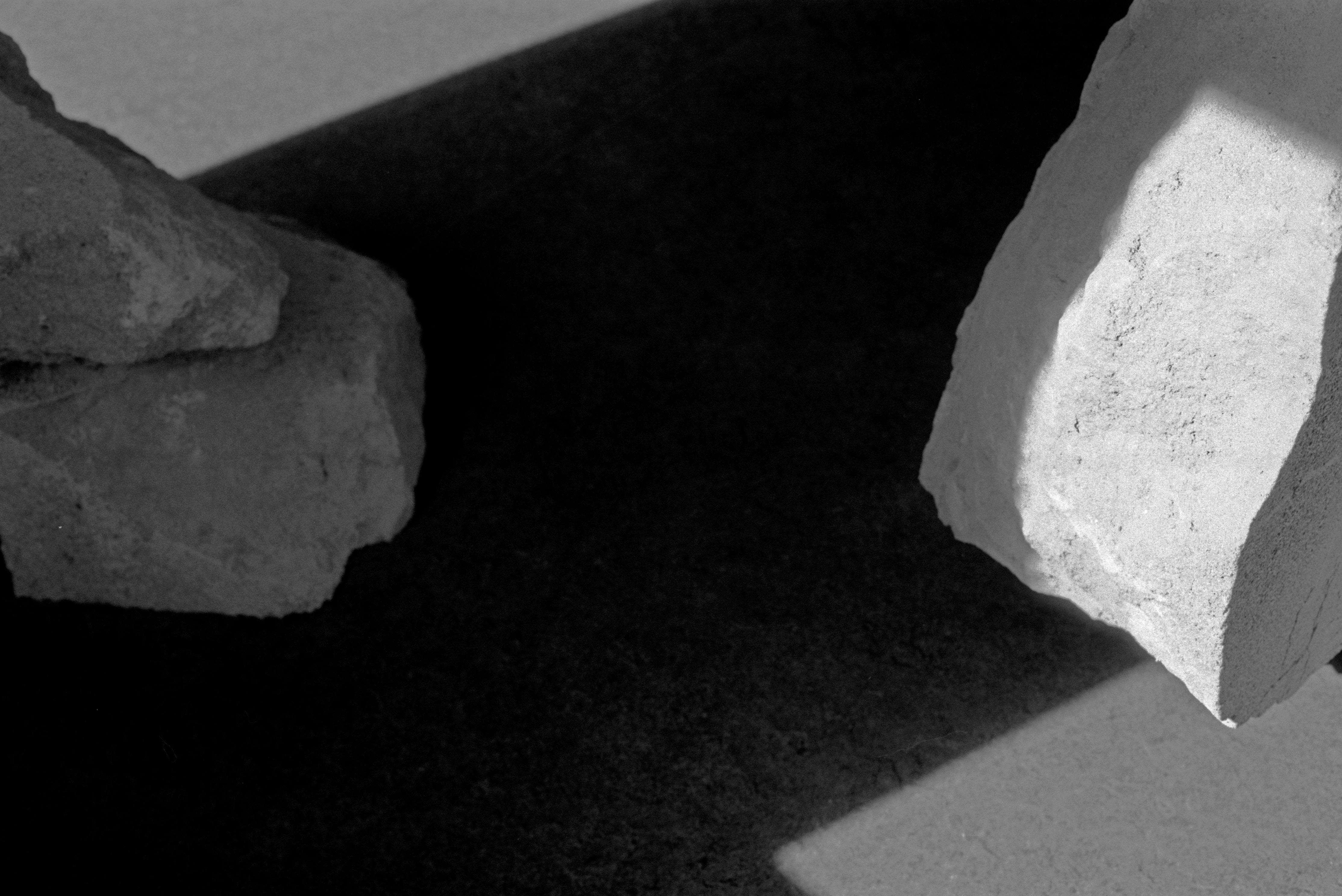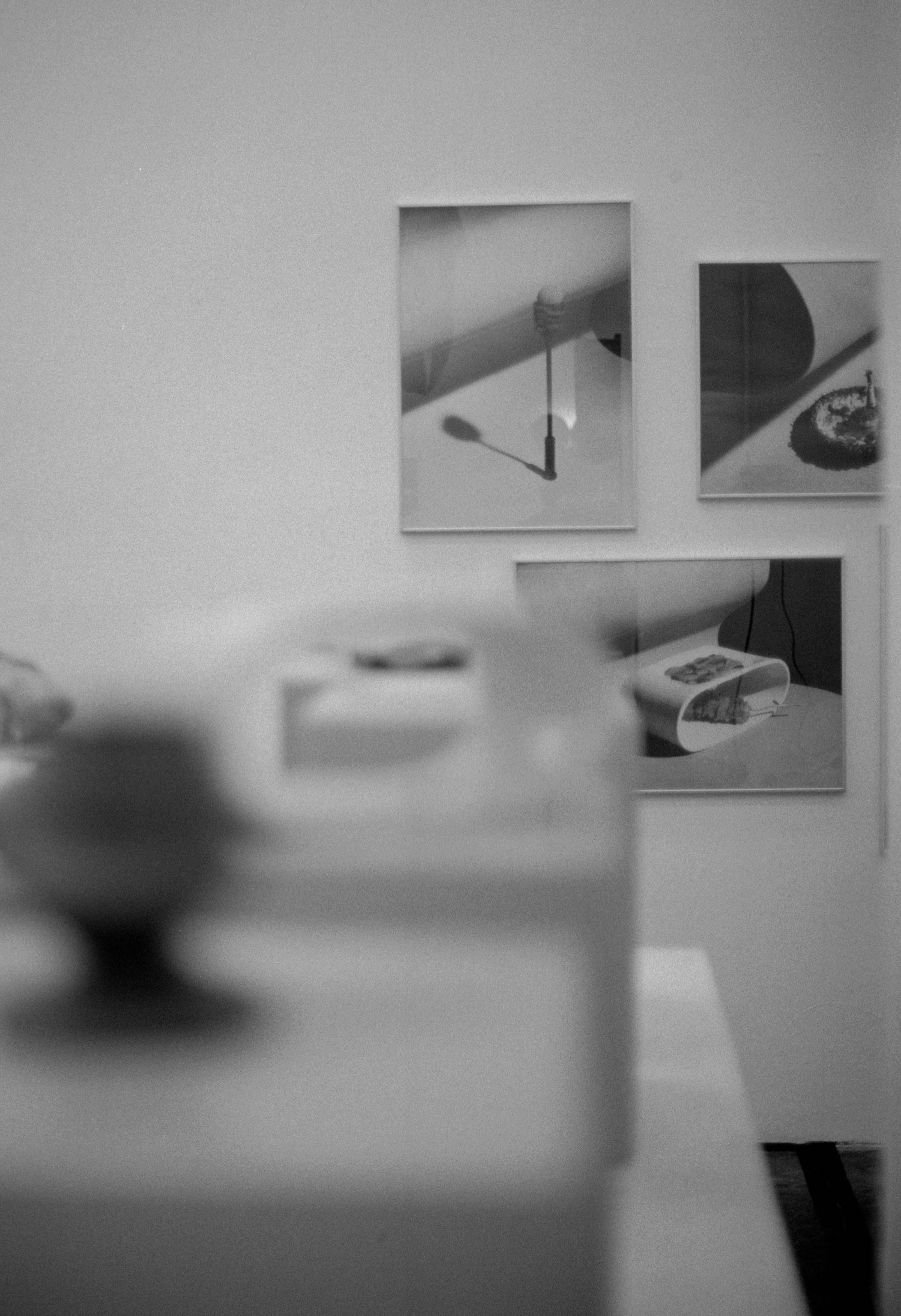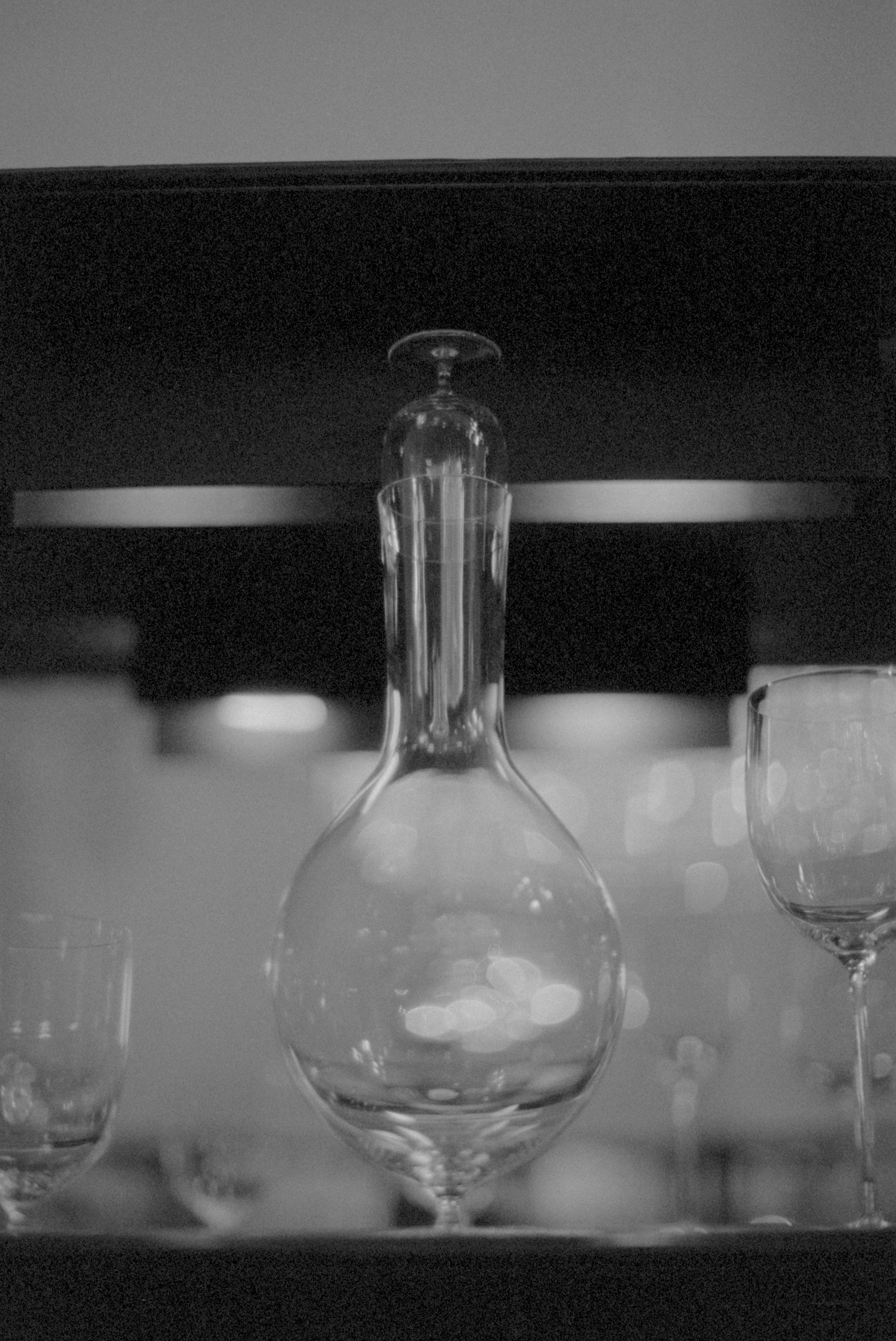Through
the lens of
design: VIENNA
in partnership with VIENNA TOURIST BOARD
visit VIENNA TOURIST BOARD for more information
shot on location in VIENNA
Walking through Vienna tracing great design feels like looking through a kaleidoscope. At every turn, surprises unfold. Shapes and colors are arranged to reveal Baroque architecture and traditional craftsmanship in one moment, and iconic buildings made of marble without almost no ornament in the next.
This is Vienna, through a kaleidoscope of design.
When I think of art, design and architecture in Vienna, the architects Rudolph Schindler and Richard Neutra come to my mind. These two representatives of classical modernism, who were mainly active in Los Angeles, are not only among my personal favorites—they were also both born in Vienna. No coincidence.
After all, Vienna offers the foundation of many design movements which manifests itself in the city in various ways. From Baroque to Art Nouveau to buildings representating Viennese modernism such as the Looshaus. But also an appreciation for traditional craftsmanship as exemplified by the heritage glass manufacture J. & L. Lobmeyr or the historical movement Wiener Werkstätte. All this is contrasted by contemporary concepts and designs. Viennese design is wide-ranging.
Candle Store Retti
by Hans Hollein, 1966
Vienna, Austria
Fittingly, the Vienna Design Week, initiated in 2007, is concerned with precisely these topics: Communicate Vienna as an important hub for design and demonstrate that the Austrian capital is a city full of design. The focus is on the work that defines the qualities of the domestic design scene: product, furniture and industrial design, architecture, graphic and social design, as well as experimental and digital approaches.
Overlooked corners of the city become the setting for design, critical as well as playful examination, easily accessible mediation as well as professional discourse. An opportunity to discover new perspectives on the objects and spaces that shape our everyday life. Processes of creation and production are often revealed experimentally and directly on site. The Vienna Design Week aspires to make design accessible to a broad audience by revealing the underlying innovations, concepts and processes hidden in the things that surround us everyday. Residents of and visitors to Vienna as well as an international audience of experts shall be addressed.
After all, design is relevant to everyone. It’s almost impossible to avoid it. Even a glimpse at the city is enough. And by no means does Viennese architecture have to be kitschy. If one moves through the city, one notices buildings of Viennese Modernism right next to the characteristic Baroque buildings.
The iconic Looshaus by namesake Adolf Loos characterizes the Michaelerplatz—despite its aesthetic functionalism, the building is not simply purpose-built. The lower level is dominated by a plinth that extends over the ground floor and mezzanine and is clad in Cipollino marble from Euboea. Four columns made of the same material form an open portico, which is motivically based on the portico of St. Michael’s Church and integrates the building into the historical buildings on the square. An exceptional use of high quality materials for this type of a simple building.
THE ICONIC LOOSHAUS BY NAMESAKE ADOLF LOOS CHARACTERIZES THE MICHAELERPLATZ—DESPITE ITS AESTHETIC FUNCTIONALISM, THE BUILDING IS NOT SIMPLY PURPOSE-BUILT.
Looshaus
by Adolf Loos, 1910-11
Vienna, Austria
The Vienna Design Week is Austria’s largest curated design festival. Since 2007 it hosted around 200 events with 40,000 visitors. The initiative was founded by Lilli Hollein, Tulga Beyerle and Thomas Geisler. Since 2021, Gabriel Roland has been in charge of the festival. He works on the conception and implementation of the festival together with a team composed of different fields of knowledge and diverse approaches to design.
This year, the Vienna Design Week placed its special focus on the 20th district of Vienna, Brigittenau. The slogan Brigitte Now! illustrates how tradition and a contemporary inviting approach are merged. Brigittenau was also the location of this year’s festival headquarters at the Sachsenplatz. The former factory rooms feature skylights, high ceilings and a shady courtyard. The industrial halls on the long side of the square created a worthy setting for discovering design. From furniture to virtual space, from sustainability to international networking, from the innovative food industry to craftsmanship—a perfect place to experience Viennese design.
Elements of Memory
by Anna Zimmermann, Nadja Zerunian
& Philipp Kolmann, 2021
Vienna, Austria
J. & L. Lobmeyr is a Viennese trading house for glassware, founded in 1823. The parent company at Kärntner Straße 26 in Vienna is still family-owned and a sales place for high-quality crystal glass.
In 1929, Viennese architect and designer Adolf Loos designed a 12-piece bar set (including a carafe) for Lobmeyr, which is still manufactured and sold today.
Today, the company’s repertoire ranges from high-quality utility glass to custom-made products and collector’s items to antiques with Lobmeyr signatures. Lobmeyr designs by young Viennese creatives can be found in major design collections such as the MOMA in New York, the V&A in London and the MAK in Vienna. The company also produces and sells mirrors in both historical and modern styles, as well as chandeliers in a wide variety of shapes and styles. The most famous are probably those of the New York Metropolitan Opera.

